Communicating Science
Although we like to take advantage of the “field” portion of the SFS name as much as possible, we do also spend quite a bit of time reading scientific papers, having lectures and discussions in the classroom, working on projects, and writing. Of course all of these are important in building a knowledge base in each of the subject areas we study here at the Center for Tropical Island Biodiversity Studies (TIBS), as well as learning and practicing the skills necessary to both obtain and communicate information. One such assignment in the Tropical Coastal Ecology course this semester was the creation of an “infographic” based on a scientific paper.

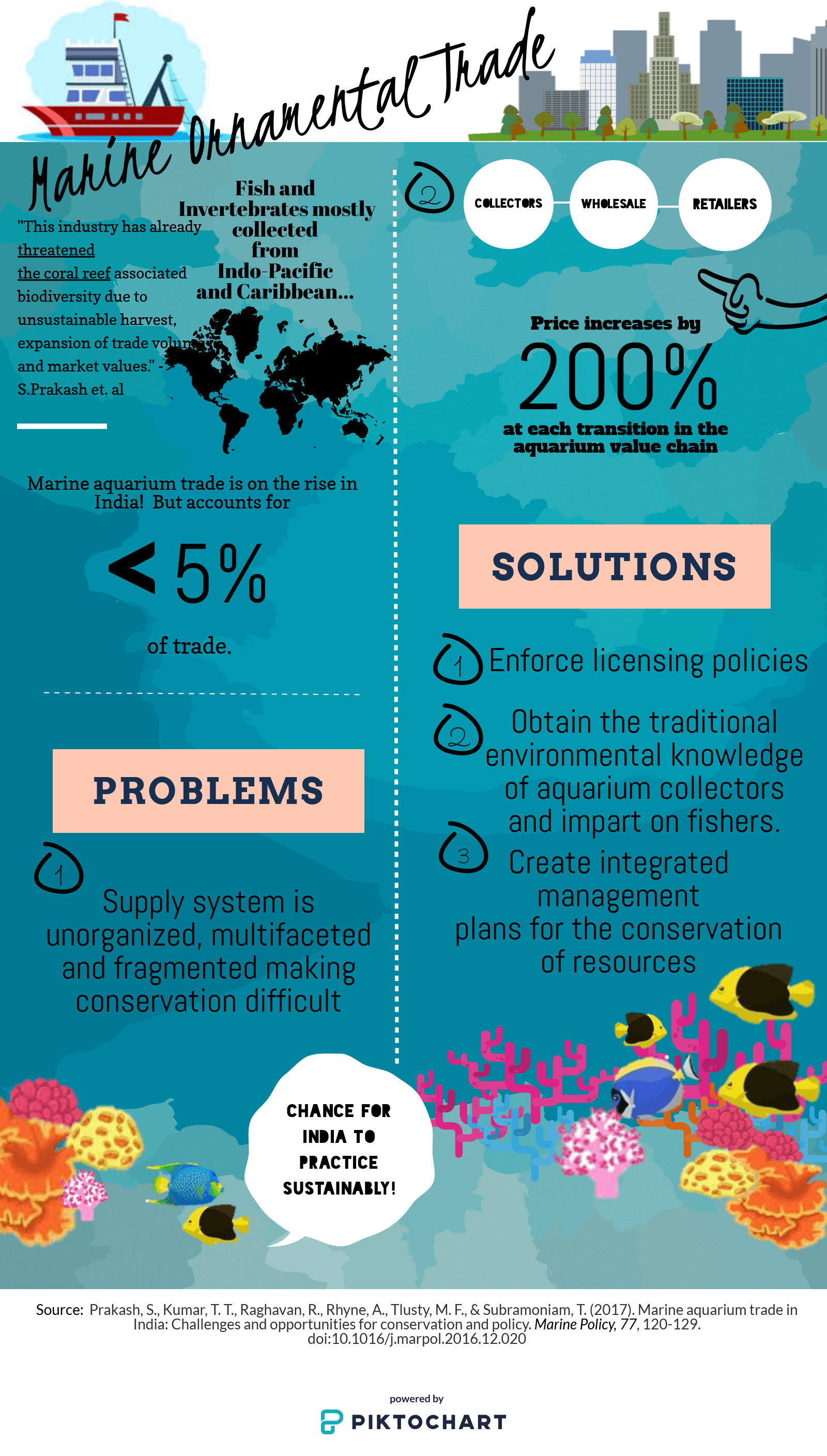
The intention behind this assignment was threefold. The first goal was for the students to become informed on a threat to coral reefs that is of interest to them. Each student selected a different scientific article addressing a unique threat; this allowed students to choose a specific topic that was of interest to them and delve into the science behind the issue, as well as the research currently being done on the topic. Some of the topics included sunscreens causing coral bleaching by promoting viral infections, sponges overgrowing corals as the result of a trophic cascade caused by overfishing, plastic waste being associated with disease on reefs, and of course, climate change.


The second goal of this assignment was for the students to learn how to present scientific information in a way that is educational, captivating, and easily understood by a broad audience. I believe it is equally as important for scientists to learn to convey their research to a wide range of audiences as it is for them to be excellent scientific writers. While peer-reviewed journal articles are still the cornerstone of scientific research, we also need to be able to disseminate this information to the rest of the world. Doing this involves determining the key results and take away messages from a study, explaining them in terms that uphold the science but can still be understood by non-scientists, and doing it in a way that will capture people’s attention. In this assignment students created an infographic, either by hand or using computer graphic design, that used drawings, graphs, key phrases, and short sentences to explain the message of their chosen research article.


The final goal was for the students to educate one another about threats to coral reefs. Instead of a lecture, the class time was spent with students presenting their infographics and explaining their topics to one another. This is not only a more fun and interactive class format, but also a great experience for the students to practice presenting information in a fairly informal setting.
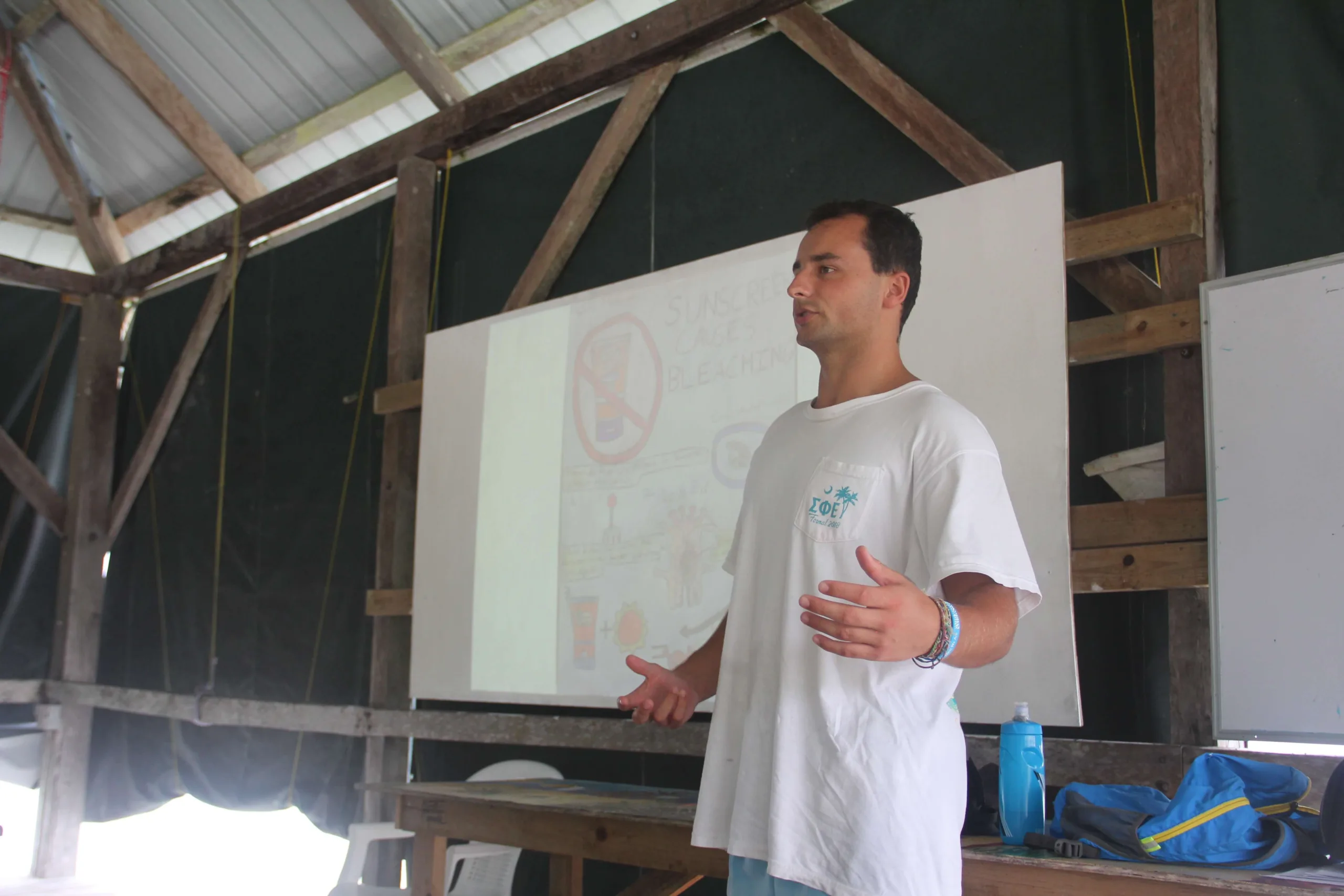
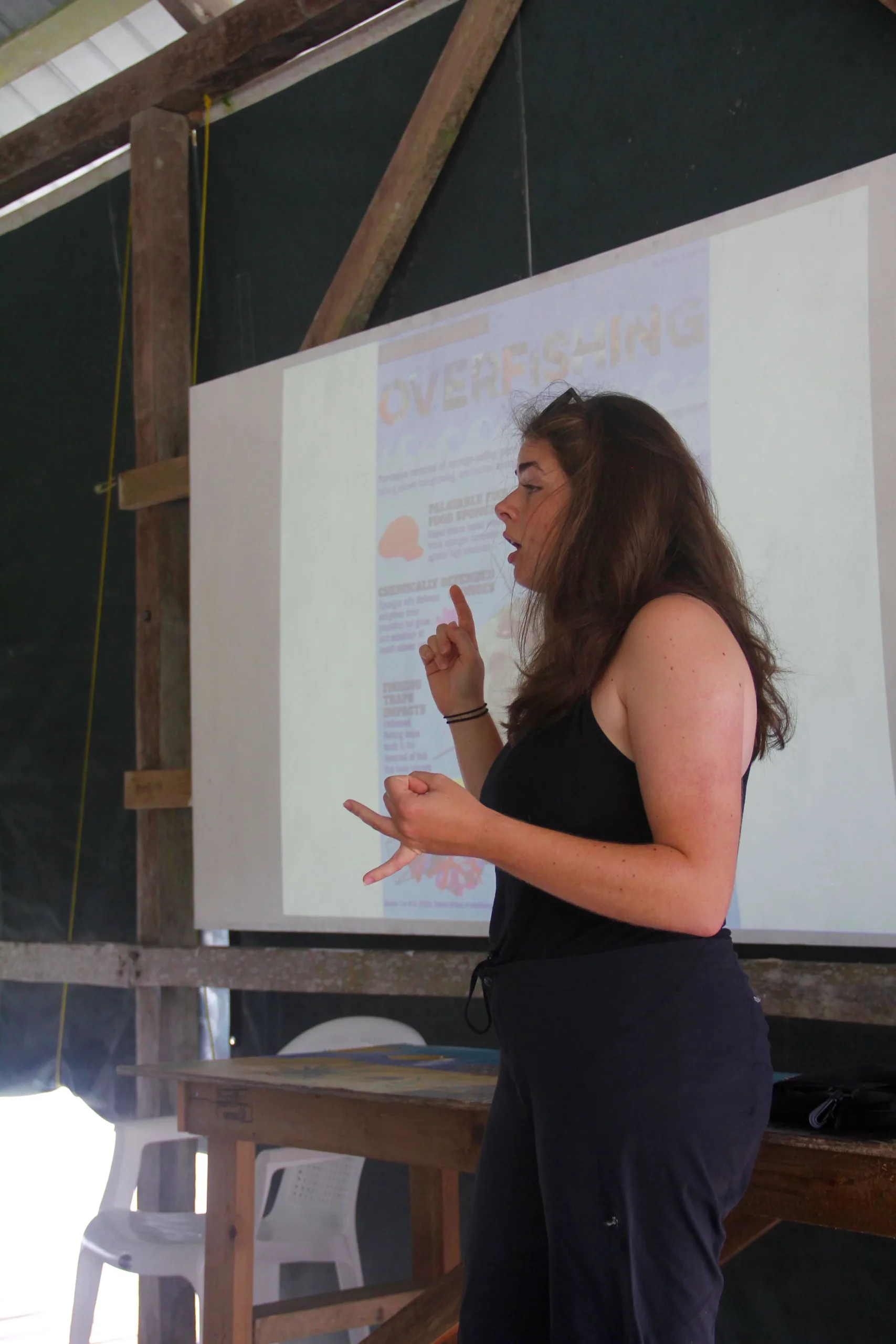


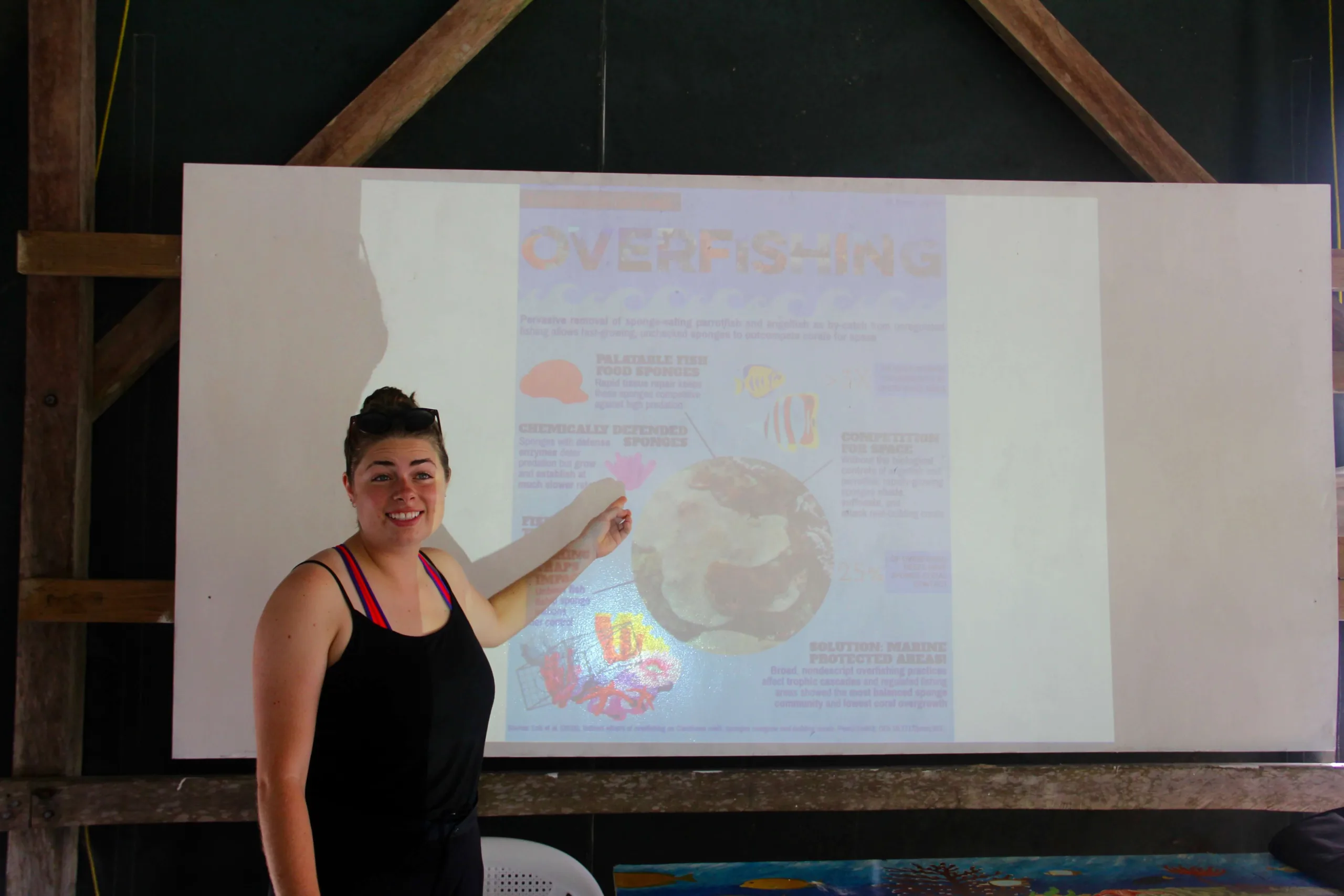
The day after presentations we visited Zapatillas, a picturesque island within the boundaries of the MPA, and snorkeled on the fringing reef. We utilized the information we had learned from one another in class the day before and surveyed for signs of threats to corals, including disease, coral bleaching, physical damage, and trash. I find one of the most meaningful parts of the SFS academic program is that students are able to learn information in class and immediately apply it in the field.


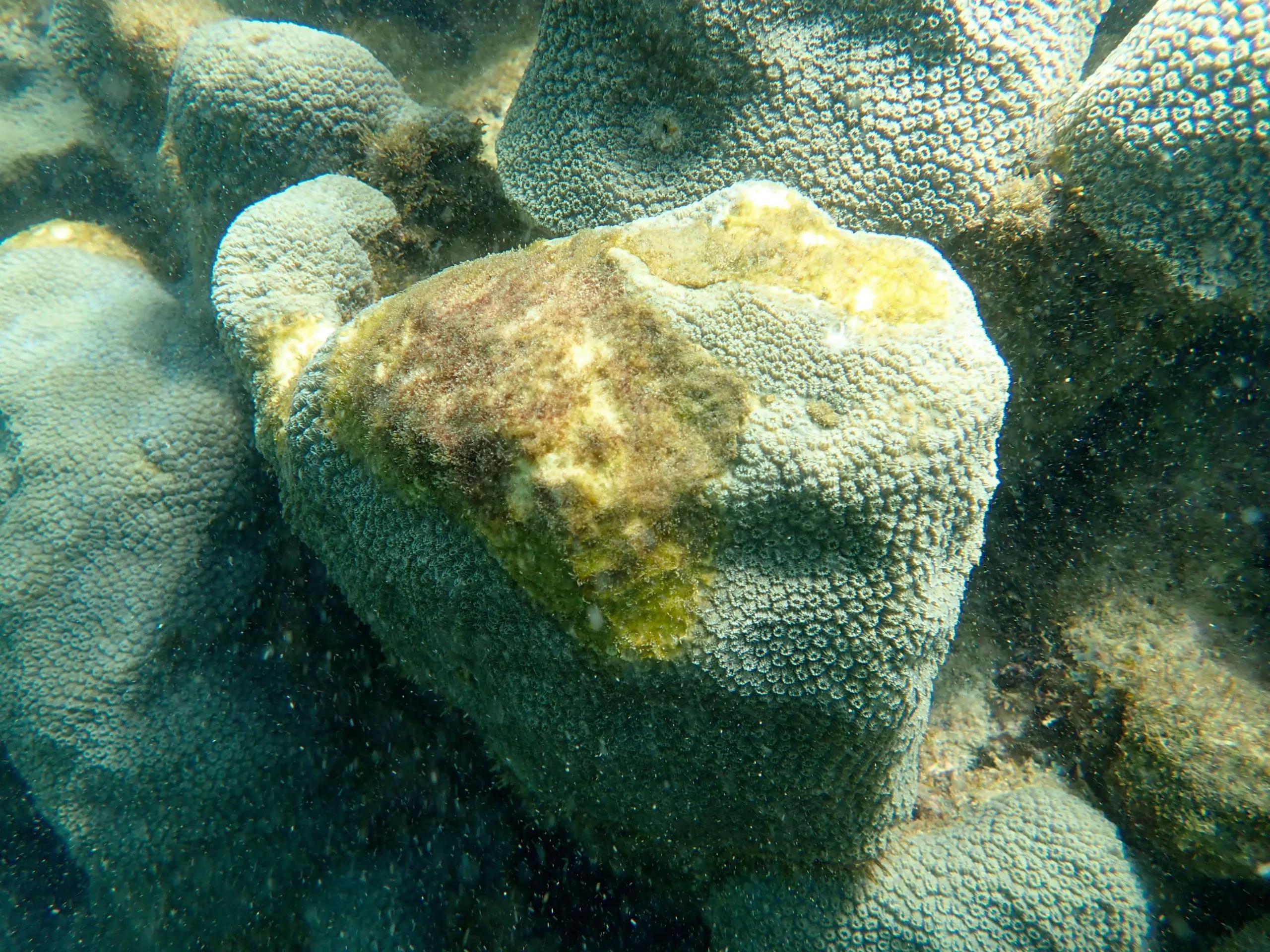


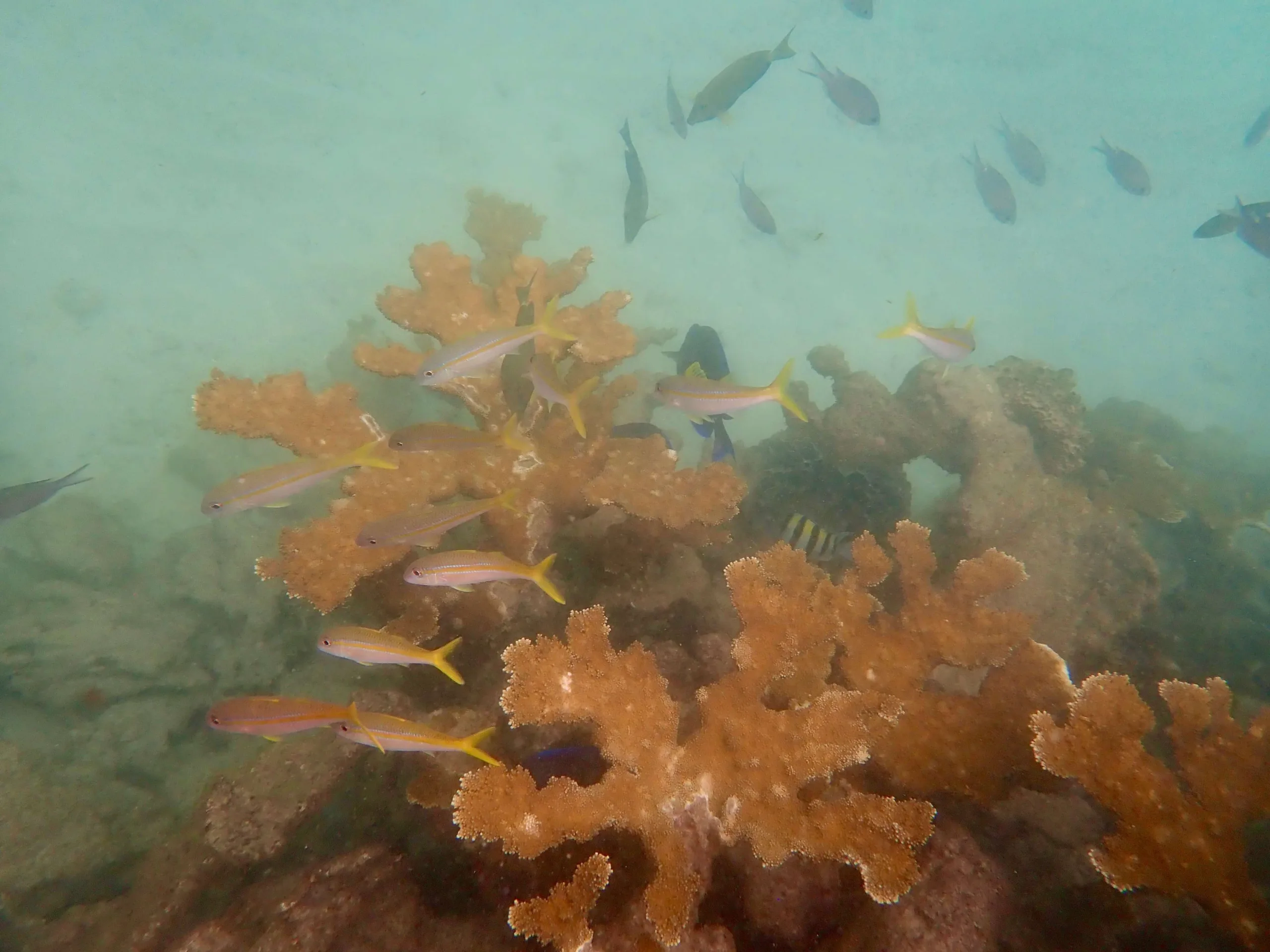

Related Posts


